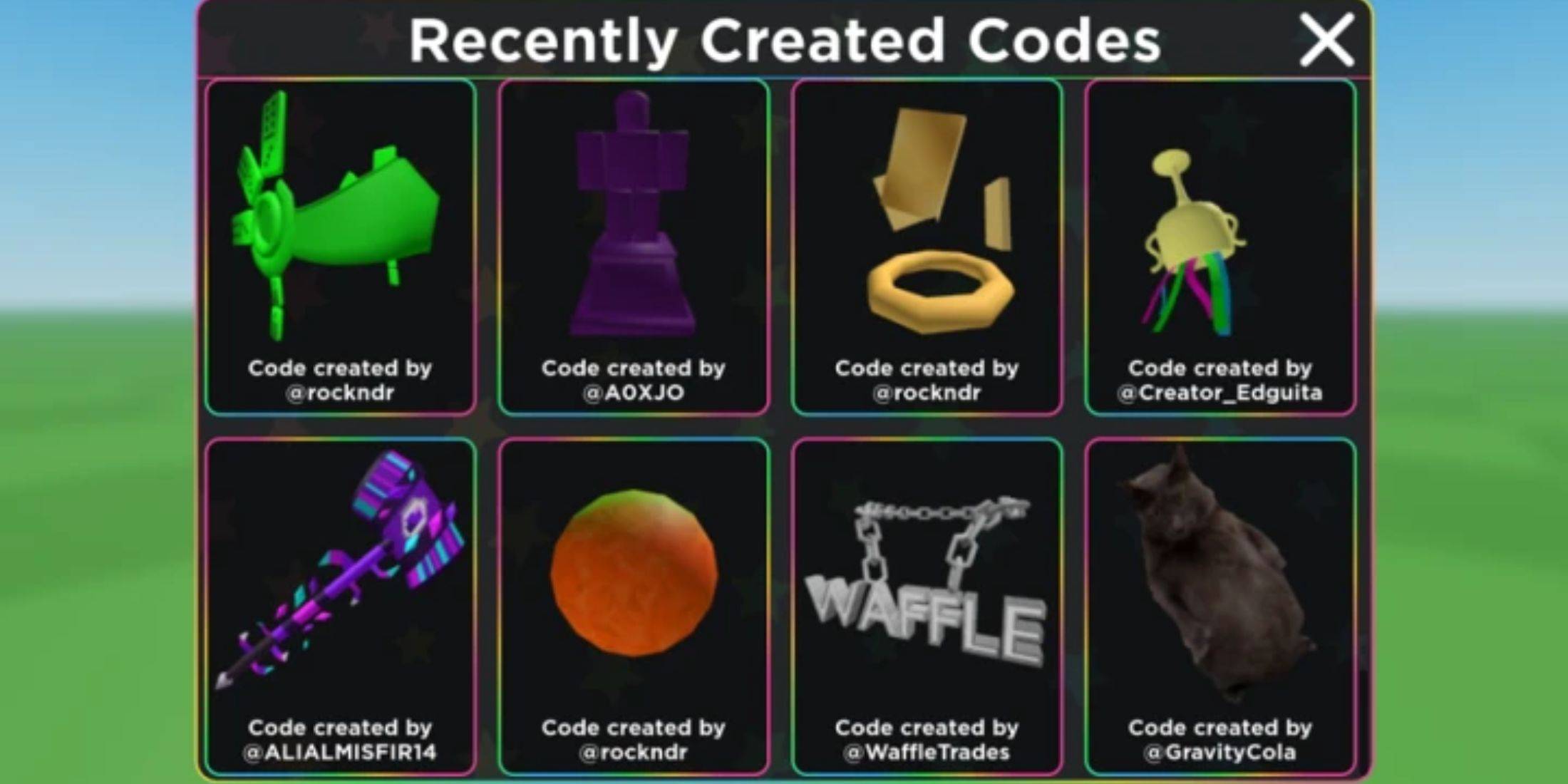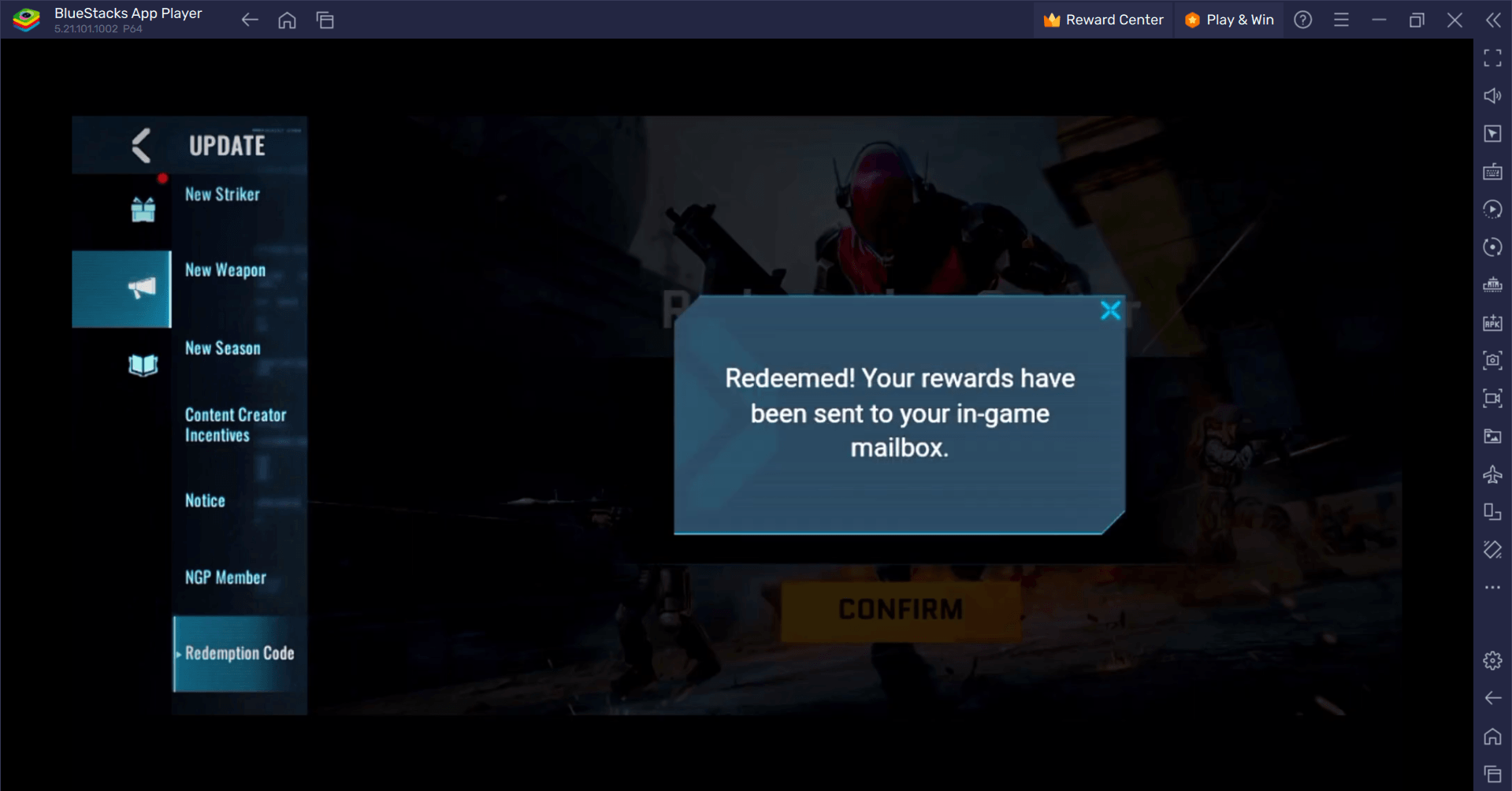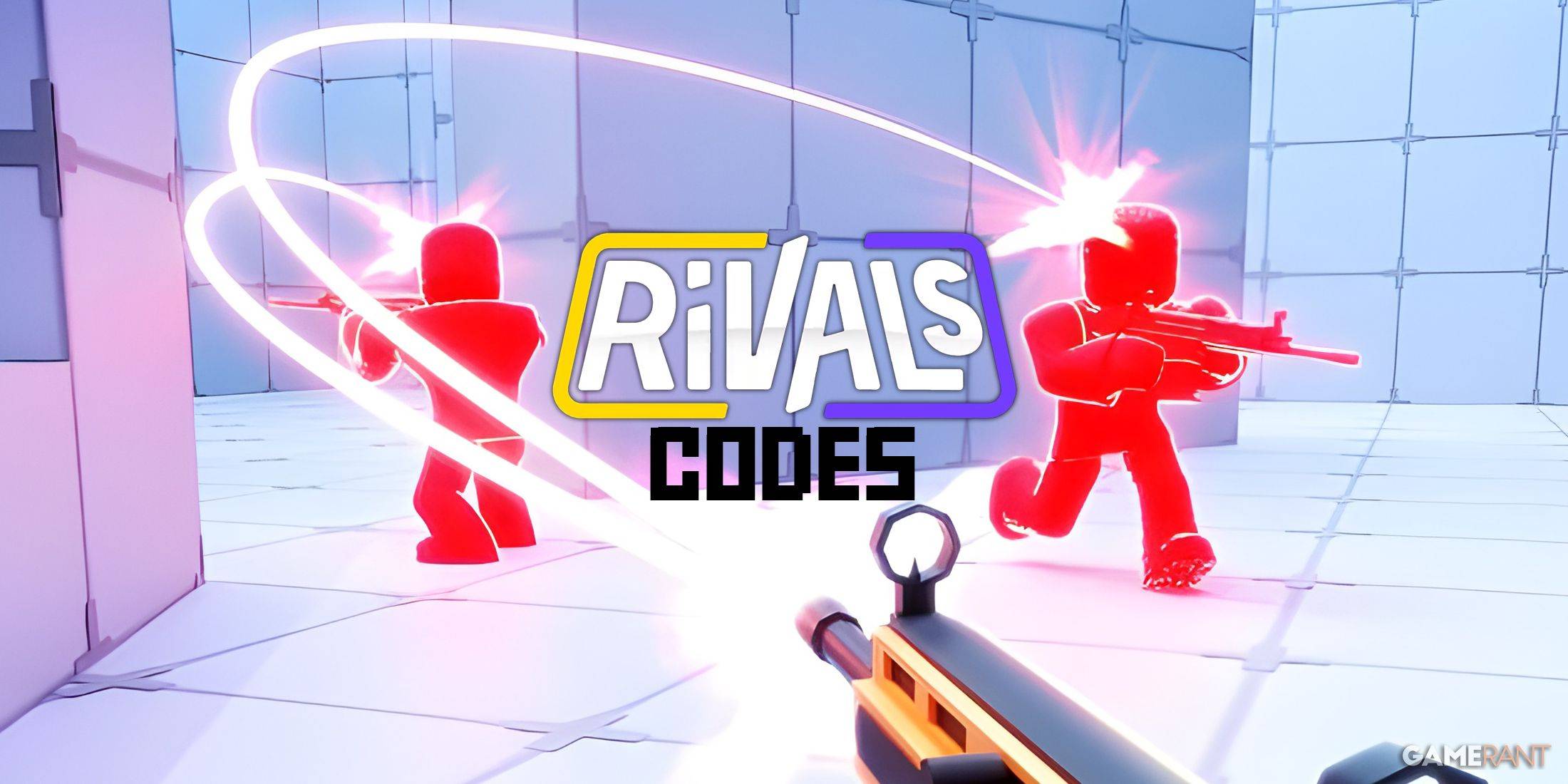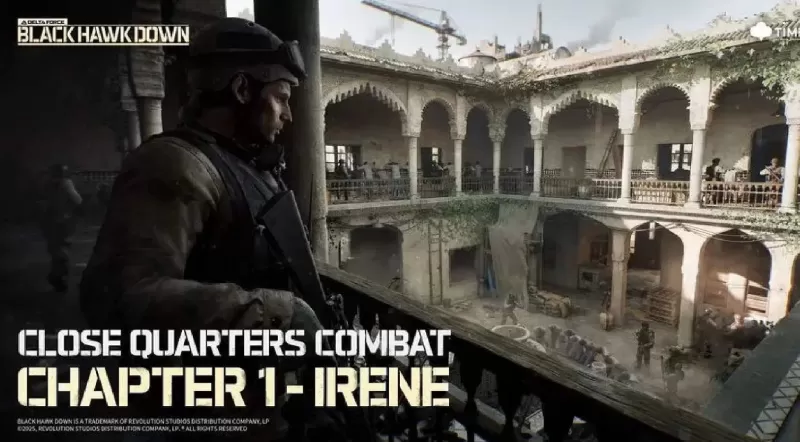Compact AI's Reasoning Power: Challenging GPT?
In recent years, the AI community has been fascinated by the remarkable achievements of large language models (LLMs). Originally crafted for natural language processing, these models have transformed into sophisticated reasoning tools capable of solving intricate problems with a step-by-step thought process akin to human reasoning. However, despite their advanced capabilities, LLMs have notable drawbacks, including high computational costs and slow deployment speeds, which make them less feasible for real-world applications in resource-limited settings such as mobile devices or edge computing. This has sparked a keen interest in the development of smaller, more efficient models that can deliver comparable reasoning abilities while minimizing costs and resource demands. This article delves into the emergence of these small reasoning models, exploring their potential, challenges, and the future implications for the AI landscape.
A Shift in Perspective
For a significant period in the recent history of AI, the field has adhered to the principle of “scaling laws,” which posits that model performance improves predictably as data, compute power, and model size increase. While this approach has indeed produced powerful models, it has also led to considerable trade-offs, such as high infrastructure costs, environmental impact, and latency issues. Not all applications necessitate the full capabilities of massive models with hundreds of billions of parameters. In many practical scenarios—such as on-device assistants, healthcare, and education—smaller models can achieve comparable outcomes, provided they can reason effectively.
Understanding Reasoning in AI
Reasoning in AI encompasses a model's ability to follow logical sequences, understand cause and effect, deduce implications, plan procedural steps, and identify contradictions. For language models, this involves not only retrieving information but also manipulating and inferring data through a structured, step-by-step approach. Achieving this level of reasoning typically requires fine-tuning LLMs to perform multi-step reasoning before reaching a conclusion. While effective, these methods are resource-intensive and can be slow and costly to deploy, raising concerns about their accessibility and environmental impact.
Understanding Small Reasoning Models
Small reasoning models aim to replicate the reasoning capabilities of large models but with greater efficiency in terms of computational power, memory usage, and latency. These models often utilize a technique known as knowledge distillation, where a smaller model (the “student”) learns from a larger, pre-trained model (the “teacher”). The distillation process involves training the smaller model on data generated by the larger one, aiming to transfer the reasoning ability. The student model is then fine-tuned to enhance its performance. In some instances, reinforcement learning with specialized domain-specific reward functions is employed to further refine the model’s ability to perform task-specific reasoning.
The Rise and Advancements of Small Reasoning Models
A pivotal moment in the development of small reasoning models was marked by the release of DeepSeek-R1. Trained on a relatively modest cluster of older GPUs, DeepSeek-R1 achieved performance levels comparable to larger models like OpenAI’s o1 on benchmarks such as MMLU and GSM-8K. This success has prompted a reevaluation of the traditional scaling approach, which assumed that larger models were inherently superior.
The success of DeepSeek-R1 can be attributed to its innovative training process, which combined large-scale reinforcement learning without relying on supervised fine-tuning in the early stages. This innovation led to the creation of DeepSeek-R1-Zero, a model that showcased impressive reasoning capabilities compared to large reasoning models. Further enhancements, such as the use of cold-start data, improved the model's coherence and task execution, particularly in areas like mathematics and coding.
Additionally, distillation techniques have proven instrumental in developing smaller, more efficient models from larger ones. For example, DeepSeek has released distilled versions of its models, ranging in size from 1.5 billion to 70 billion parameters. Using these models, researchers have trained a significantly smaller model, DeepSeek-R1-Distill-Qwen-32B, which has outperformed OpenAI's o1-mini across various benchmarks. These models are now deployable on standard hardware, making them a more viable option for a wide range of applications.
Can Small Models Match GPT-Level Reasoning?
To determine whether small reasoning models (SRMs) can match the reasoning power of large models (LRMs) like GPT, it's crucial to evaluate their performance on standard benchmarks. For instance, the DeepSeek-R1 model scored around 0.844 on the MMLU test, comparable to larger models such as o1. On the GSM-8K dataset, which focuses on grade-school math, DeepSeek-R1’s distilled model achieved top-tier performance, surpassing both o1 and o1-mini.
In coding tasks, such as those on LiveCodeBench and CodeForces, DeepSeek-R1's distilled models performed similarly to o1-mini and GPT-4o, demonstrating strong reasoning capabilities in programming. However, larger models still have an advantage in tasks requiring broader language understanding or handling long context windows, as smaller models tend to be more task-specific.
Despite their strengths, small models can struggle with extended reasoning tasks or when faced with out-of-distribution data. For example, in LLM chess simulations, DeepSeek-R1 made more mistakes than larger models, indicating limitations in its ability to maintain focus and accuracy over extended periods.
Trade-offs and Practical Implications
The trade-offs between model size and performance are critical when comparing SRMs with GPT-level LRMs. Smaller models require less memory and computational power, making them ideal for edge devices, mobile apps, or situations where offline inference is necessary. This efficiency results in lower operational costs, with models like DeepSeek-R1 being up to 96% cheaper to run than larger models like o1.
However, these efficiency gains come with some compromises. Smaller models are typically fine-tuned for specific tasks, which can limit their versatility compared to larger models. For example, while DeepSeek-R1 excels in math and coding, it lacks multimodal capabilities, such as the ability to interpret images, which larger models like GPT-4o can handle.
Despite these limitations, the practical applications of small reasoning models are extensive. In healthcare, they can power diagnostic tools that analyze medical data on standard hospital servers. In education, they can be used to develop personalized tutoring systems, providing step-by-step feedback to students. In scientific research, they can assist with data analysis and hypothesis testing in fields like mathematics and physics. The open-source nature of models like DeepSeek-R1 also fosters collaboration and democratizes access to AI, enabling smaller organizations to benefit from advanced technologies.
The Bottom Line
The evolution of language models into smaller reasoning models represents a significant advancement in AI. While these models may not yet fully match the broad capabilities of large language models, they offer key advantages in efficiency, cost-effectiveness, and accessibility. By striking a balance between reasoning power and resource efficiency, smaller models are poised to play a crucial role across various applications, making AI more practical and sustainable for real-world use.
-

Here Comes Impregno Man! Next Target is an American Wife
-

Prado Car Parking Game 2023
-

Scary Mansion: Horror Game 3D
-

Fabulous Las Vegas Mystery – Free Hidden Objects
-

Subway Icy Princess Rush Mod
-

HungryAliens
-

Chess Collection 2018
-

Harem Altın - Gold & Currency
-

Bouncing Boobs Club
-

Diamond Lotto
-

Narde - Backgammon Free
-

Snakes And Ladders Star:2019 New Dice Game
-
1
![Roblox Forsaken Characters Tier List [UPDATED] (2025)](https://imgs.ksjha.com/uploads/18/17380116246797f3e8a8a39.jpg)
Roblox Forsaken Characters Tier List [UPDATED] (2025)
Mar 17,2025
-
2

Roblox UGC Limited Codes Unveiled for January 2025
Jan 06,2025
-
3

Stardew Valley: A Complete Guide To Enchantments & Weapon Forging
Jan 07,2025
-
4

Pokémon TCG Pocket: Troubleshooting Error 102 Resolved
Jan 08,2025
-
5

Free Fire Characters 2025: Ultimate Guide
Feb 20,2025
-
6

Blood Strike - All Working Redeem Codes January 2025
Jan 08,2025
-
7

Blue Archive Unveils Cyber New Year March Event
Dec 19,2024
-
8

Roblox: RIVALS Codes (January 2025)
Jan 07,2025
-
9

Cyber Quest: Engage in Captivating Card Battles on Android
Dec 19,2024
-
10

Delta Force: A Complete Guide to All Campaign Missions
Apr 09,2025
-
Download

A Simple Life with My Unobtrusive Sister
Casual / 392.30M
Update: Mar 27,2025
-
Download

Random fap scene
Casual / 20.10M
Update: Dec 26,2024
-
Download
![Corrupting the Universe [v3.0]](https://imgs.ksjha.com/uploads/66/1719514653667db61d741e9.jpg)
Corrupting the Universe [v3.0]
Casual / 486.00M
Update: Dec 17,2024
-
4
Ben 10 A day with Gwen
-
5
Oniga Town of the Dead
-
6
A Wife And Mother
-
7
Cute Reapers in my Room Android
-
8
Permit Deny
-
9
Utouto Suyasuya
-
10
Roblox


